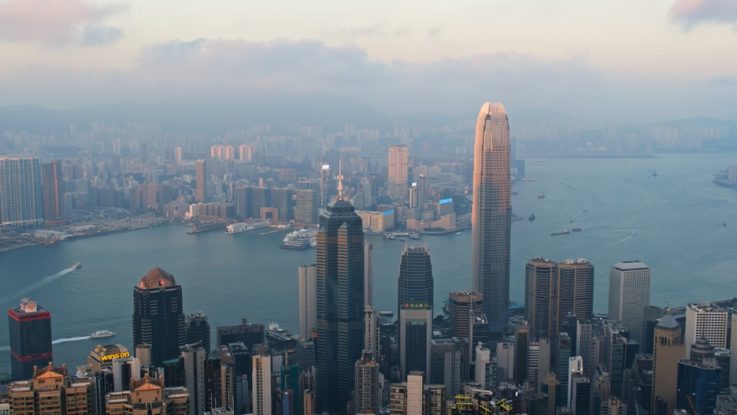
China has the highest urbanization growth rate in the world and is pursuing an aggressive development strategy. As Western communities create their own plans to modernize, digitize and urbanize, it seems logical to examine the practices of a dominant global leader. With a population of 1.4 billion, 56% of which live in cities, China cannot afford to get it wrong. And this is perhaps a key motivator for their increasingly massive investment in urban innovation. Simply put, smart cities can deliver new approaches to remedy mistakes of the past.
China is second in the world in terms of poor air quality, and in fact ‘most of its areas exceed the safe PM 2.5 level.’ Also more than 75% of Chinese are in ‘sub-health’ condition with cardiovascular disease and tumors as leading causes of death. Commute times in most cities are more than 30 minutes and there is great inefficiency with regards to waste disposal and communications capacity.
In the West, our perspective on China is colored by a historical past, their recent role as supplier of cheap manufactured goods and suspicion related to differences in legal rights and intellectual property. This is only exacerbated in recent months given trade disputes and the consequences on global business.
Repositioning China as a leader and a teacher isn’t always embraced by the West. It seems everyone has an opinion on whether to categorize their activity as positive or negative. But if we can suspend our judgement and instead examine their perspectives, we can perhaps glean new insights many of which are very relevant to the challenges faced by U.S. cities – sustainability and mobility to name a few.
Of the 1,000 smart city projects worldwide, approximately half of those are in China. This level of volume and investment holds some relevant lessons for city and industry leaders. It may be tempting for American city leaders to dismiss China’s activity since the funding and implementation strategies are so different.
China’s top down, centralized, government-led approach can seem quite foreign when compared to the U.S.’s hyper local, decentralized system that is often resource-strapped. But stopping at the model level amputates the opportunity to explore different approaches and apply some insights and best practices.
In 2018 Deloitte published “Super Smart City Happier Society with Higher Quality”, a thorough report of the challenges and opportunities facing smart cities today with a lens on China. They examine ‘smart’ activity in 25 major cities which are then sorted into three tiers. The top tier includes five cities: Shenzhen, Shanghai, Beijing, Hangzhou and Tianjin. They go on to describe what first tier cities are doing right and identify the methods in which second and third tier cities can catch up. These are great learnings for all cities.
As described in the Deloitte report, “As the Chinese government became aware of key problems and deficiencies, in their 13th five-year plan, they further proposed new requirements and new goals.” They describe Three Features and Five Goals of all smart city projects.
Three features of the new-style smart cities:
- Openness, contribution and sharing
- More equitable access to services
- More distinctive characteristics
Five goals of the new-style smart cities:
- Improve quality of life
- Improve governance efficiency
- Develop green economy
- Opening and integration of data
- Improve cybersecurity
These broad statements can then be applied to each local municipality. This kind of clarity is a necessary component of any smart city strategy.
“Super smart cities have a clear vision of what they want to be and a strategy to realize this ambition. A clear vision is required as effective counterweight to technology push.”
U.S. leaders would do well to look to others who have been earlier adopters of smart city exploration. This is an opportunity to not repeat the mistakes of the past and instead realize the benefits of being a “second mover” transitioning quickly from cities to “super smart cities”. As a summary, here are seven attributes to aspire to:
- Super smart cities require effective overall strategic planning from top to bottom.
- Super smart cities are not large-scale replicas.
- Super smart cities cannot be limited to certain models: early construction of smart cities was predominantly solely funded by governments, but multiple models will coexist in the future as participation by businesses deepens
- Super smart city platforms should not cause data isolation.
- Super smart cities cannot remain passive in responding to data security: by leveraging new technologies, the approach to data security and protection of super smart cities will change from passive protection to active protection and ongoing monitoring will take place.
- The participation and cooperation of governments, implementing businesses and the public are vital in super smart cities.
- Ongoing and sustainable innovation is vital in super smart cities.


